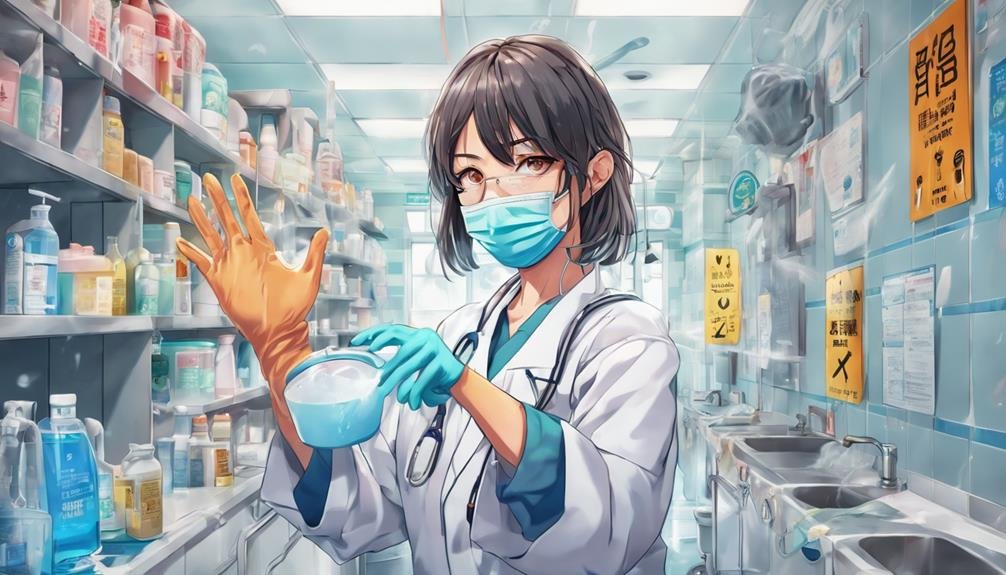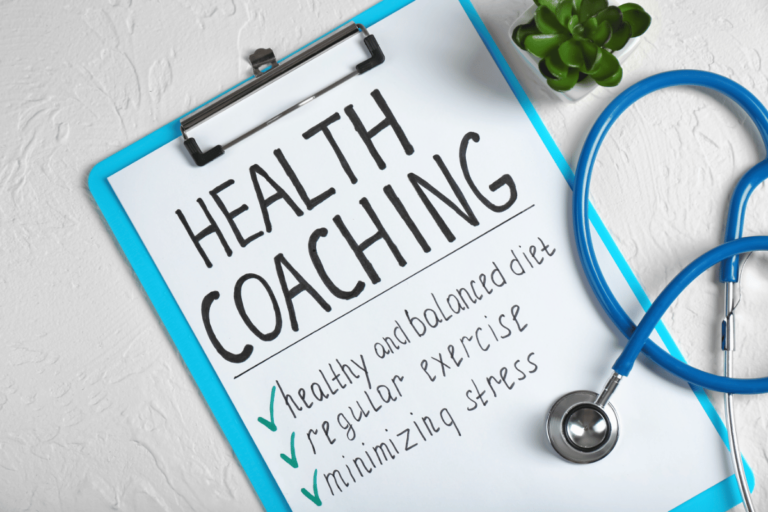How to Be More Vigilant in Infection Control Practices
In the domain of infection control, it's important to elevate your awareness of preventive measures. By enhancing your understanding and implementation of key practices, you can greatly contribute to the overall safety of your environment.
But how can you guarantee that you are truly on top of your infection control game? Stay tuned as we explore practical strategies that will empower you to take your vigilance to the next level and protect those around you.
Key Takeaways
- Prioritize mastering hand hygiene to prevent infections effectively.
- Implement proper respiratory etiquette to reduce respiratory transmission risks.
- Adhere to thorough cleaning and disinfection protocols for infection prevention.
- Ensure correct PPE usage with regular training and maintenance for safety.
Importance of Infection Control Practices
Understanding the critical role of infection control practices is paramount in maintaining a safe and healthy environment for both patients and healthcare providers. Preventing transmission of infections is a key focus in healthcare settings. By implementing protocols designed to control the spread of pathogens, healthcare facilities can greatly reduce the risk of infections among patients and staff members.
Proactive measures such as proper disinfection of surfaces, equipment, and instruments play an essential role in preventing the transmission of harmful microbes. Adhering to strict protocols for cleaning and sterilization helps create a safe environment where the risk of infection is minimized. Regular training and education on infection control practices are vital for all healthcare personnel to ensure compliance with established guidelines.
Incorporating these practices into daily routines not not only protects patients but also safeguards the well-being of healthcare providers. By understanding the importance of infection control and actively participating in implementing protocols, you contribute to a safer healthcare environment for everyone involved.
Effective Hand Hygiene Techniques
To maintain a safe and healthy environment in healthcare settings, one fundamental aspect to focus on is mastering effective hand hygiene techniques. Proper hand hygiene is important in preventing the spread of infections. By following the handwashing protocol and utilizing hand sanitizer benefits, you can greatly reduce the risk of transmitting harmful pathogens.
Here is a simple comparison between handwashing and hand sanitizer:
| Handwashing | Hand Sanitizer Benefits |
|---|---|
| Requires soap and water | Convenient and quick to use |
| Should be done for 20 seconds | Kills most common germs |
| Effectively removes dirt and germs | Can be used when soap and water are not available |
| Recommended when hands are visibly soiled | Great for on-the-go situations |
Proper Respiratory Etiquette Guidelines
Mastering proper respiratory etiquette guidelines is important for minimizing the spread of respiratory infections in healthcare settings. Respiratory hygiene is essential in preventing the transmission of respiratory illnesses such as influenza, the common cold, and COVID-19. One key aspect of respiratory etiquette is cough etiquette, which involves covering your mouth and nose with a tissue or your elbow when coughing or sneezing to prevent the spread of respiratory droplets. Remember to dispose of tissues properly and perform hand hygiene immediately after.
In healthcare settings, it's essential to follow strict respiratory hygiene practices to protect both patients and healthcare workers. Encourage anyone with respiratory symptoms to wear a mask to reduce the risk of spreading infections. Properly ventilate rooms, maintain physical distancing, and implement protocols for the timely identification and isolation of individuals with respiratory symptoms. By adhering to these respiratory etiquette guidelines, you play a vital role in creating a safer and healthier environment for everyone.
Cleaning and Disinfection Protocols
Implement thorough cleaning and disinfection protocols to maintain a hygienic environment and prevent the spread of infections effectively. When it comes to cleaning protocols and disinfection techniques, attention to detail is vital. Here are three key practices to help you stay on top of infection control:
- Frequent Cleaning Schedule: Establish a routine cleaning schedule for all frequently touched surfaces such as doorknobs, light switches, and countertops. Regularly disinfecting these areas can greatly reduce the risk of spreading infections.
- Proper Disinfectant Selection: Make sure you're using the appropriate disinfectants recommended by health authorities. Different surfaces may require specific disinfectants to effectively kill germs and viruses. Follow the instructions on the product label for the correct dilution and contact time.
- High-Touch Area Focus: Pay special attention to high-touch surfaces like handrails, elevator buttons, and shared electronics. These areas tend to harbor a high concentration of germs, making regular cleaning and disinfection essential in preventing infection transmission.
Personal Protective Equipment (PPE) Usage
Utilize Personal Protective Equipment (PPE) as a vital safeguard against potential infection risks in your daily interactions and tasks. Ensuring PPE compliance is vital for your safety and that of others. Proper training on PPE usage is essential to maximize its effectiveness. Understand the type of PPE required for different tasks and situations, and make sure to wear it correctly each time.
Additionally, PPE maintenance is key to its effectiveness. Regularly inspect your PPE for any signs of damage or wear and tear. Replace any damaged equipment immediately to avoid compromising your protection. Adhering to best practices in PPE maintenance ensures that your gear functions optimally when you need it most. Proper storage of PPE is also important to prevent contamination and maintain its integrity.
Monitoring and Reporting Symptoms
You must be vigilant in monitoring and recognizing any symptoms that could indicate an infection.
Promptly report any symptoms you experience to the appropriate healthcare personnel.
Early detection and reporting play a vital role in preventing the spread of infections.
Symptom Recognition
Recognizing and promptly reporting symptoms is essential in maintaining a proactive approach to infection control practices. To enhance your vigilance in symptom recognition, consider the following:
- Early Detection: Monitor life signs regularly for any deviations that could signal an underlying infection.
- Thorough Assessment: Conduct a thorough evaluation of any unusual symptoms or changes in health status.
- Communication: Promptly report any concerning symptoms to the appropriate personnel for a rapid response in a healthcare setting.
Timely Reporting
To guarantee effective infection control practices, prompt and accurate reporting of symptoms is essential for timely intervention and containment. Early detection leads to rapid response, while prompt communication enables swift action. Timely reporting plays a vital role in preventing the spread of infections within healthcare settings and the community. By recognizing symptoms early on and promptly reporting them, healthcare professionals can implement necessary measures to isolate and treat individuals, ultimately reducing the risk of transmission. Encouraging a culture of vigilance and immediate reporting among staff and patients enhances overall infection control efforts. Remember, quick reporting is key to maintaining a safe and healthy environment for everyone involved.
| Early Detection | Rapid Response | Prompt Communication | Swift Action |
|---|---|---|---|
| Helps in identifying potential outbreaks early | Allows for immediate implementation of containment measures | Ensures information reaches relevant personnel swiftly | Enables quick decision-making and intervention |
Conclusion
In the battle against germs, staying vigilant in infection control practices is like wielding a powerful shield to protect yourself and those around you.
By mastering effective hand hygiene techniques, following proper respiratory etiquette, keeping up with cleaning and disinfection protocols, using PPE, and monitoring symptoms, you're arming yourself with the tools needed to fight off potential threats.
Stay proactive and informed to guarantee a safe and healthy environment for all.







